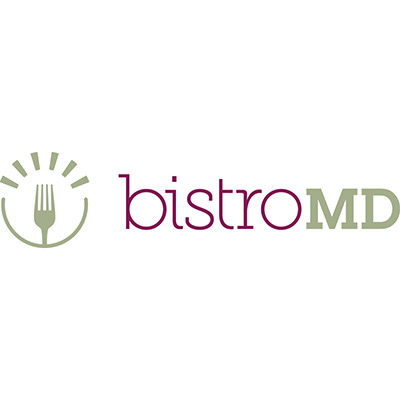By Denise Macik
It doesn’t take Shakespeare’s Marcellus to tell us something is rotten in the hospitality industry. There are plenty of “Help Wanted” signs in restaurant windows, harried servers scurrying to keep up with increasing business demand, and disgruntled diners complaining about slow service.
The labor shortage is painfully obvious. While the industry has always suffered from high turnover, this year it’s infinitely worse as more than 1 million industry jobs remain open and unfilled. But there are some measures employers can take to improve their odds of attracting and retaining hospitality workers.
According to job-search platform Joblist’s Q2 2021 United States Job Report, “The pandemic created an opportunity for hospitality workers—many of whom were furloughed or lost their jobs—to reevaluate their employment situation and consider other career options moving forward.”
Sandra J. Sucher, Professor of Management Practice at Harvard Business School, and Shalene Gupta, a research associate, recently published an article for Harvard Business School on the topic of the “Great Resignation” that discusses how the hospitality industry labor shortage is due, at least in part, to “bad hygiene.”
“[Bad-hygiene jobs] are demanding, low paid, and provide few prospects for advancement,” they say. “Some companies and industries are taking a hard look at improving ‘bad hygiene’ jobs. For example, many companies in the food and drinks industry are increasing wages.”
That is why businesses in this industry should strive to find out what is important to potential new hires and existing staff and then figure out a way to offer it, if possible. The Joblist report showed that 58% of job seekers preferred a different setting, such as an office. There’s nothing that can be done to get those workers back. However, for the 37% who claimed that it was the low pay keeping them away, or the 20% who cited a lack of benefits was a turnoff, there are a few measures that could help employers become more competitive:
- Offer a tuition reimbursement program – Starbucks offers its benefits-eligible employees 100% tuition coverage for a first-time bachelor’s degree through Arizona State University’s online program. McDonalds recently announced that it would also help cover tuition costs for its employees.
- Offer employees a childcare stipend – Daycare and before- and after-school care is one of the highest expenses a family can have, next to their rent/mortgage and car payments, and it’s one of the reasons employees aren’t keen to return to a job that doesn’t offer flexible scheduling or high enough pay.
- Set up an employee bonus program – Recognize exceptional work and good behavior with a gift card or other monetary gift to show appreciation.
- Offer flexible scheduling and increase paid time off – The Joblist report showed that among those with industry experience, 19% desire more schedule flexibility. While it may be challenging to manage when short staffed, it is worth having shift managers try to work out schedules that offer everyone more of a work/life balance.
- Consider outsourcing human resources to a professional employer organization (PEO) –PEOs offer access to affordable healthcare coverage with top insurers and many also offer voluntary ancillary benefits such as dental and vision insurance, telemedicine, and employee assistance programs that can save employees money.
Read Also: Women Who Rock – Food & Beverage Magazine
Taking some or all the steps above will go a long way toward engendering loyalty and improving business overall—happy employees create happy, repeat customers. In the long run it could even help food and beverage businesses remove themselves from the industry’s “bad hygiene” funk.
Denise Macik is the Manager of Strategic HR Advisory Services for G&A Partners, a leading professional employer organization (PEO) that has been helping entrepreneurs grow their businesses for more than 25 years.







